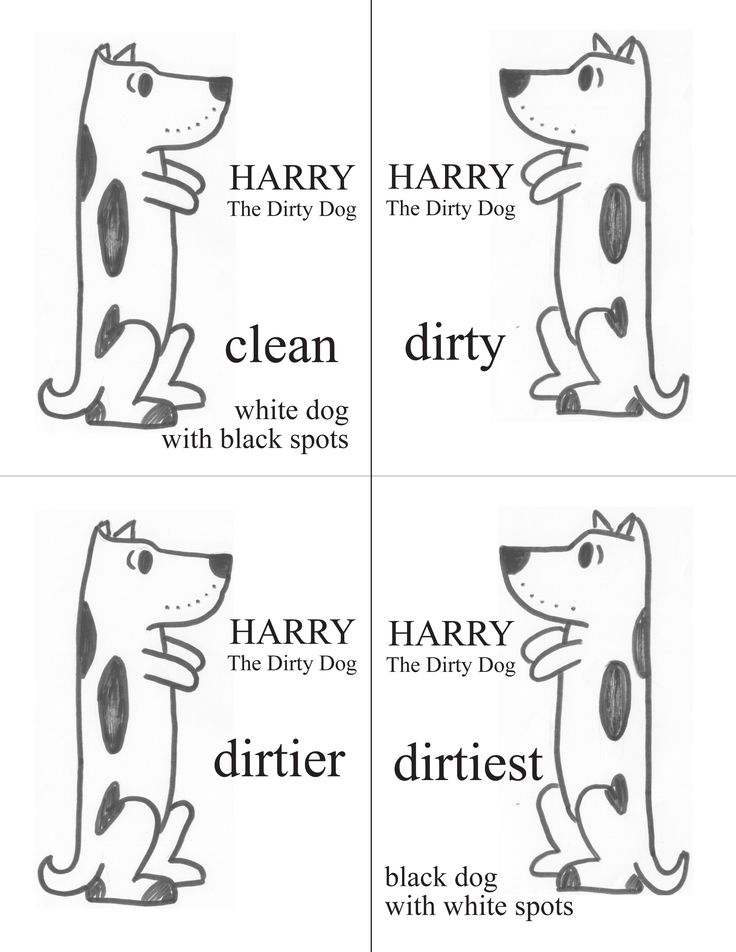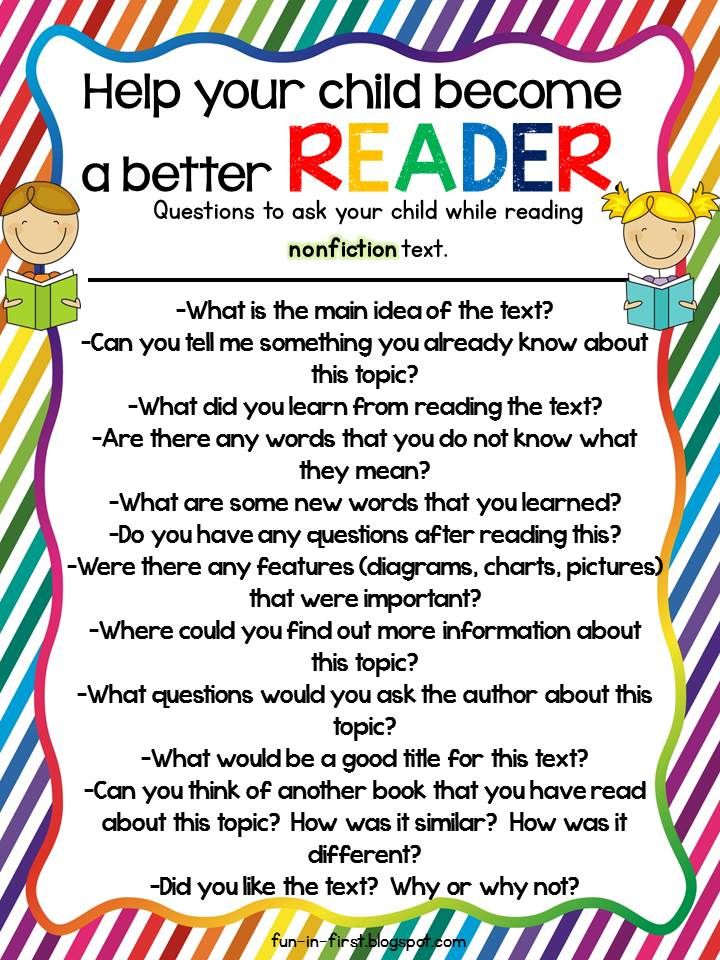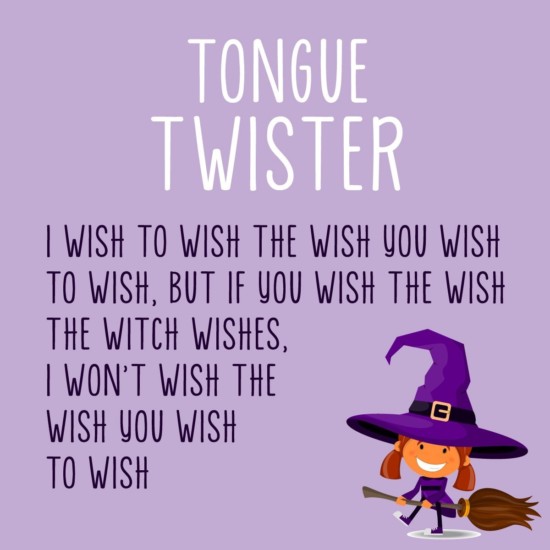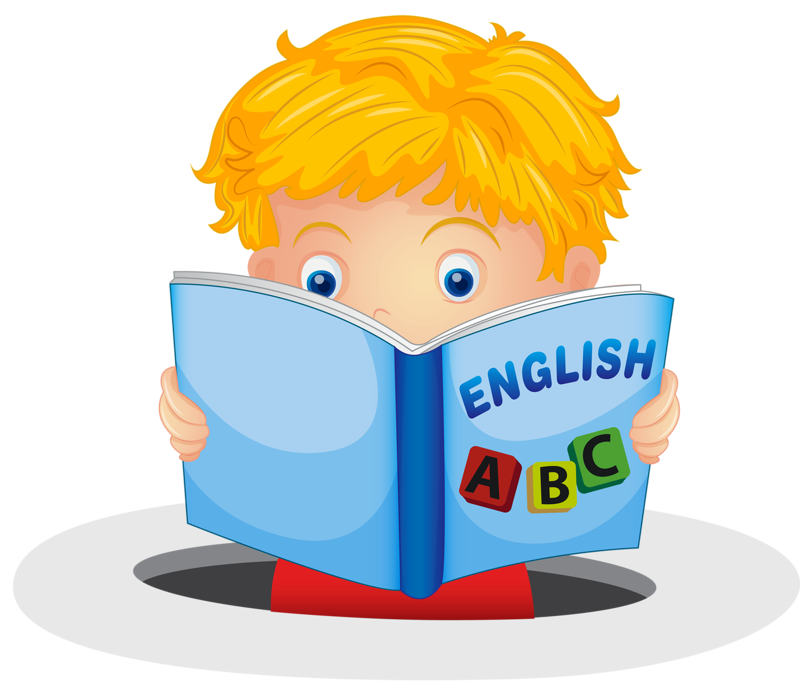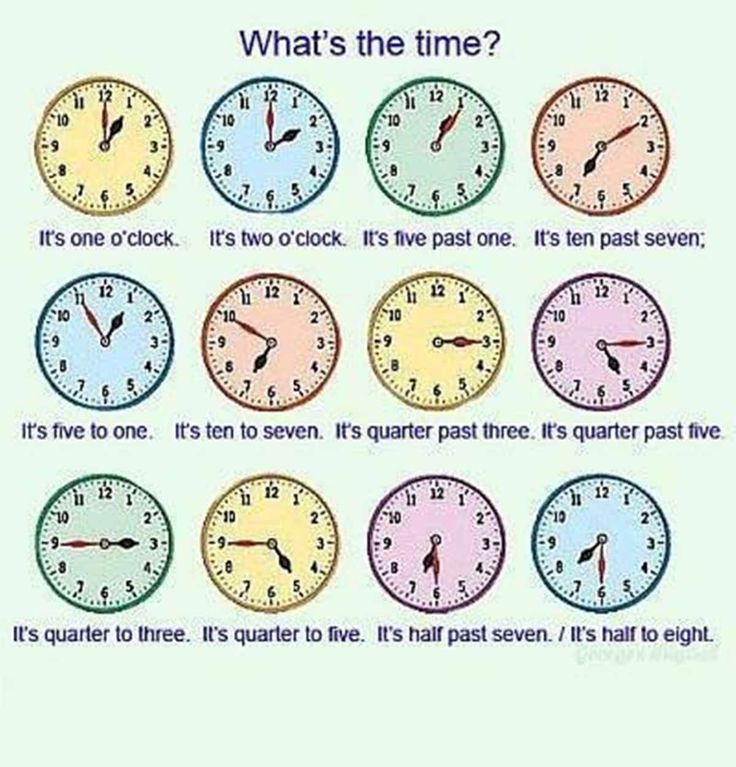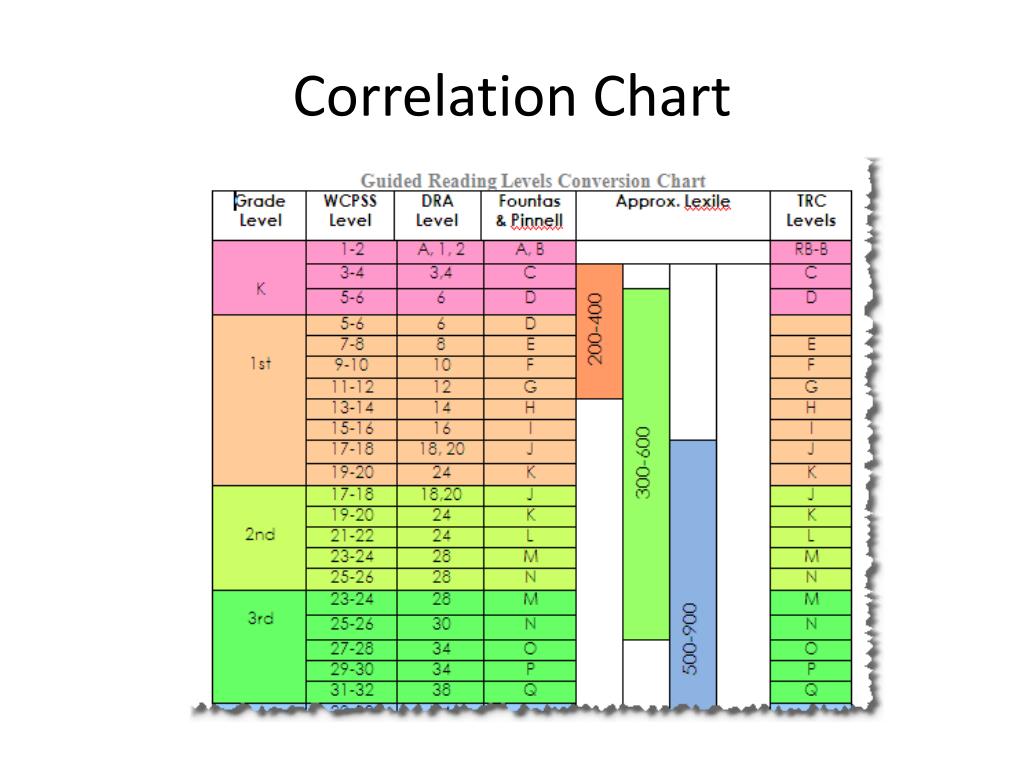Spell correspondence correctly
Correspondence or Correspondance – What’s the Difference?
English has many confusing words. Some of them are different parts of speech, but some of them boil down to common spelling errors, like correspondence and correspondance.
Only one of these spellings is accepted in English. The other, however, just so happens to be a word in French.
It just so happens that in the 14th century, English borrowed the word from French, which had borrowed it from the original Latin.
As fascinating as etymology can be, most English writers don’t write in French, so it’s only necessary to know the correct way to spell this word in English.
What is the Difference Between Correspondence and Correspondance?
In this article, I will compare correspondence vs. correspondance. I will outline the correct spelling and when it is appropriate to use it.
Then, I will give you a useful memory tool that will help you decide whether to use correspondence or correspondance, depending on what language you are using.
When to Use Correspondence
What does correspondence mean? Correspondence is a noun. It means communication over a period of time, especially via the written word.
Here are some examples,
- My correspondence with the senator did not result in meaningful policy change.
- “You are to cease all correspondence with the victim,” read the court order.
- Over the course of our correspondence, my husband said “I love you” only three times in a six-year span.
- By mutual consent, the two never met. Yet their correspondence bears all the hallmarks of a love affair; the texts, like his art, are rife with the effusive emotions of the Romantic era. –The Wall Street Journal
Correspondence can also refer to a close similarity, especially in statistical or scientific analysis.
For example,
- The predictable correspondence between antecedent and behavior, even when controlling for outside variables, is astounding.

Correspondence is actually a loanword from Old French; the French version was itself derived from Medieval Latin. According to several dictionaries, its first recorded use in English was in the year 1529.
When to Use Correspondance
What does correspondance mean? Correspondance is not a word in English. It is, however, the French language version of the word correspondence. See the following sentence as an example.
- Cessez toute correspondance avec la presse.
In English, it reads “Cease all correspondence with the press.”
In addition to not being found in any English dictionary, correspondance is rarely used, if ever, by the general English-writing community.
As you can see from the above graph, which charts correspondance vs. correspondence, the spelling correspondance is used so infrequently in English that it virtually approximates zero.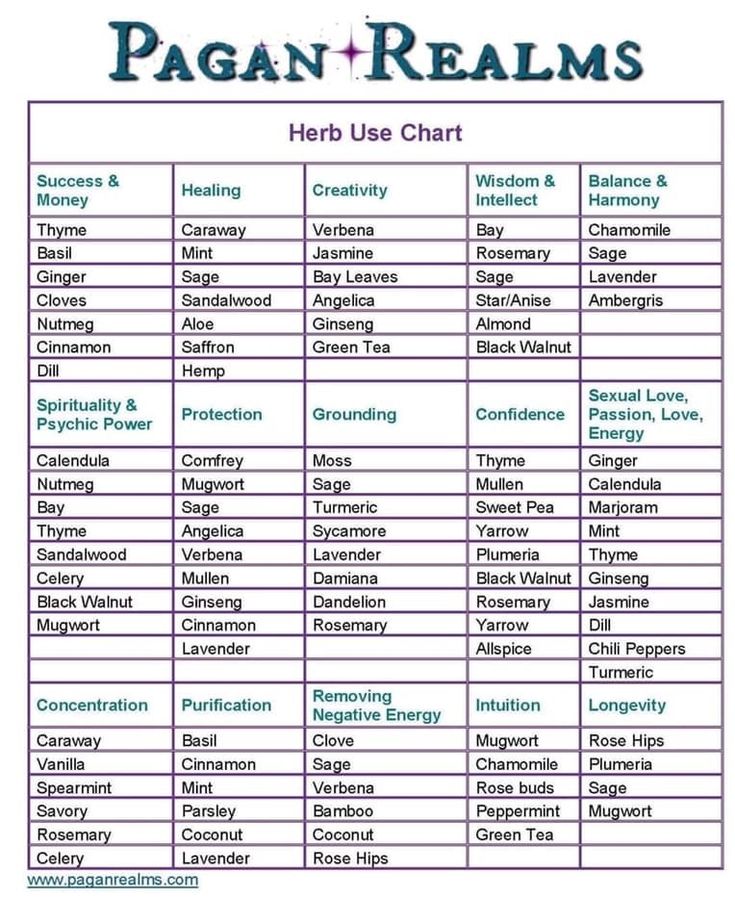
Trick to Remember the Difference
Still having trouble remembering correspondance or correspondence? Here is a helpful tip to remember the difference.
- Correspondence is a word in English.
- Correspondance is not and English word.
Correspondance is, however, a word in French.
Thus, if you are writing in English, use correspondence. If you are writing in French, use correspondance. As a memory tool, notice that correspondence shares its extra E with English, and correspondance shares its A with Paris.
Summary
Is it correspondence or correspondance? Correspondence is a noun. It can refer either to extended written communication or a close similarity.
-
Correspondence is the correct spelling in English.

- Correspondance is a misspelling in English.
These words can be confusing, since the English correspondence is borrowed from the French correspondance, which had its origins in Medieval Latin. Luckily, correspondence and English are both spelled with the letter E. Correspondance contains an A, like Paris.
Languages other than English are outside the focus of what this site is designed to cover. Still, there are plenty of confusing issues in English to keep most writers busy. Be sure to check back next time you have a question on spelling or other writing topics.
Contents
- 1 What is the Difference Between Correspondence and Correspondance?
- 2 When to Use Correspondence
- 3 When to Use Correspondance
- 4 Trick to Remember the Difference
- 5 Summary
Correspondence Definition & Meaning - Merriam-Webster
cor·re·spon·dence ˌkȯr-ə-ˈspän-dən(t)s
ˌkär-
1
a
: communication by letters or email
also : the letters or emails exchanged
I have a pile of correspondence on my desk.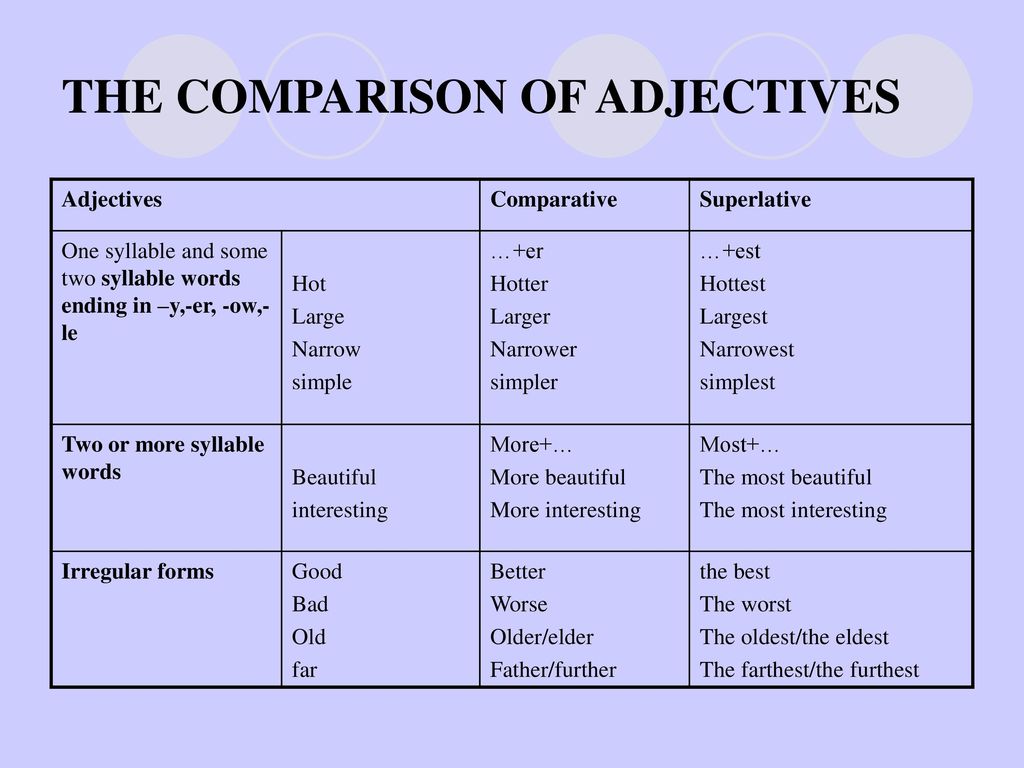
b
: the news, information, or opinion contributed by a correspondent to a newspaper or periodical
2
a
: the agreement of things with one another
the correspondence between spelling and pronunciation
b
: a particular similarity
c
: a relation between sets in which each member of one set is associated with one or more members of the other
compare function sense 5a
Synonyms
- common denominator
- commonality
- congruity
- parallel
- resemblance
- similarity
- similitude
See all Synonyms & Antonyms in Thesaurus
Example Sentences
They communicated by telephone and correspondence. E-mail correspondence has become extremely important for modern businesses. The two men began a correspondence that would continue throughout their lives. A book of the author's personal correspondence was published early last year. A formal tone is always used in business correspondence. Note the correspondence of each number to a location on the map. Sometimes there is little correspondence between the way a word is spelled and the way it is pronounced in English.
E-mail correspondence has become extremely important for modern businesses. The two men began a correspondence that would continue throughout their lives. A book of the author's personal correspondence was published early last year. A formal tone is always used in business correspondence. Note the correspondence of each number to a location on the map. Sometimes there is little correspondence between the way a word is spelled and the way it is pronounced in English.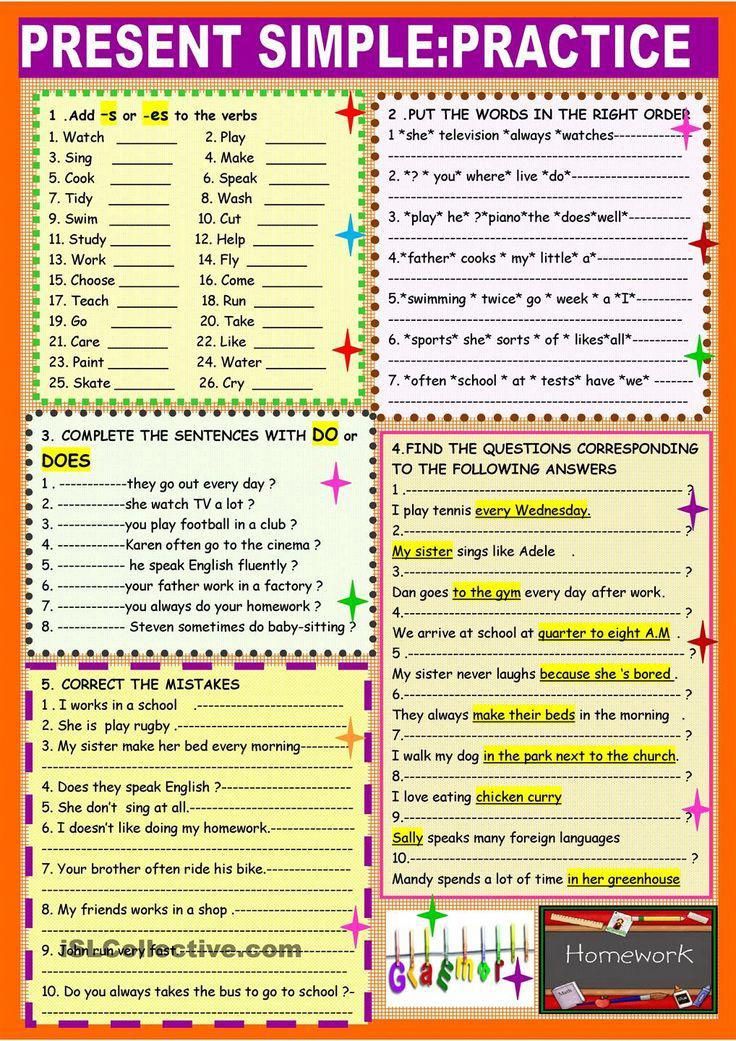 Sometimes there are few correspondences between spelling and pronunciation. See More
Sometimes there are few correspondences between spelling and pronunciation. See More
Recent Examples on the Web Brown met her husband in a prison correspondence program, and opted to move to L.A. as soon as she was released. —Erin Hooley, Chicago Tribune, 25 Dec. 2022 Items widely reported about in the news, such as correspondence from North Korean leader Kim Jong Un, were nowhere to be found when archivists looked through their cache of Trump documents.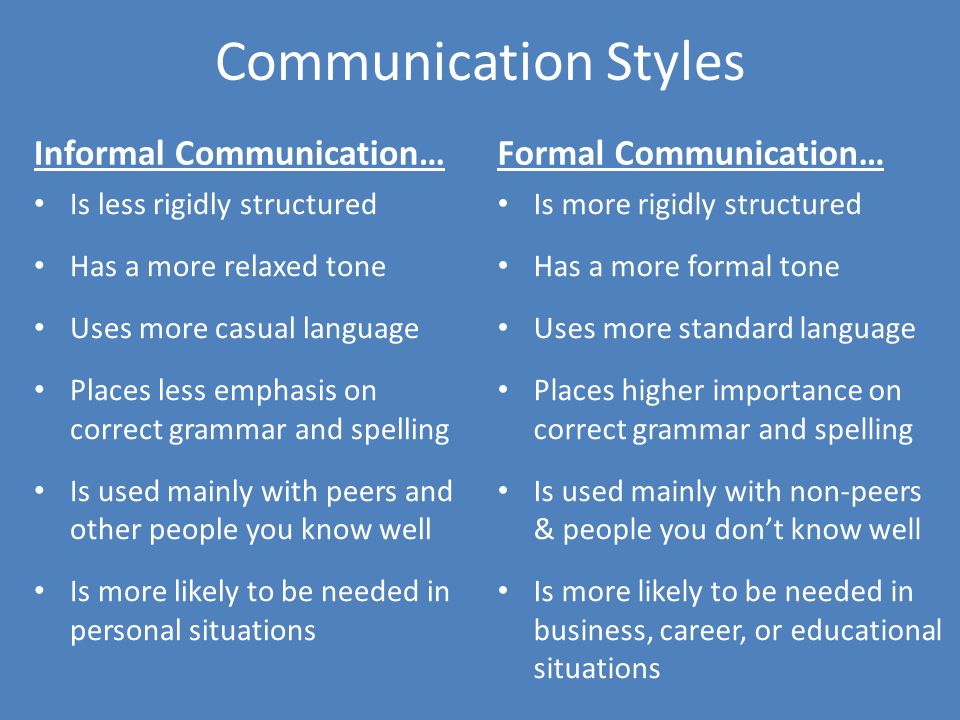 —Anchorage Daily News, 21 Dec. 2022 But despite these letters, Mays received correspondence on November 4 that his claim had not been wholly denied, which just confuses him. —Jalen Brown, CNN, 18 Dec. 2022 The Letters of Lucian Freud, 1939–1954 (Thames & Hudson), edited by David Dawson and Martin Gayford, presents one such agreeable assortment, offering the artist’s correspondence in facsimile, the better to appreciate his doodles and drawings. —Chloe Schama, Vogue, 18 Dec. 2022 The collection included typescripts and drafts of each of his novels, handwritten notes, correspondence with publishers and research. —Los Angeles Times, 15 Dec. 2022 Her second novel follows an audiobook narrator who strikes up a flirtatious correspondence with another voice actor.
—Anchorage Daily News, 21 Dec. 2022 But despite these letters, Mays received correspondence on November 4 that his claim had not been wholly denied, which just confuses him. —Jalen Brown, CNN, 18 Dec. 2022 The Letters of Lucian Freud, 1939–1954 (Thames & Hudson), edited by David Dawson and Martin Gayford, presents one such agreeable assortment, offering the artist’s correspondence in facsimile, the better to appreciate his doodles and drawings. —Chloe Schama, Vogue, 18 Dec. 2022 The collection included typescripts and drafts of each of his novels, handwritten notes, correspondence with publishers and research. —Los Angeles Times, 15 Dec. 2022 Her second novel follows an audiobook narrator who strikes up a flirtatious correspondence with another voice actor. —Stephanie Merry, Washington Post, 10 Dec. 2022 The Blueacorn owners collected a profit of about $300 million after processing several billion dollars in loans, according to the House report, which included correspondence from the company owners to the investigators. —Ryan Randazzo, The Arizona Republic, 8 Dec. 2022 The last remaining email accounts for county employees were restored by early November, but several officials said all past correspondence has vanished. —Sarah Maslin Nir, New York Times, 28 Nov. 2022 See More
—Stephanie Merry, Washington Post, 10 Dec. 2022 The Blueacorn owners collected a profit of about $300 million after processing several billion dollars in loans, according to the House report, which included correspondence from the company owners to the investigators. —Ryan Randazzo, The Arizona Republic, 8 Dec. 2022 The last remaining email accounts for county employees were restored by early November, but several officials said all past correspondence has vanished. —Sarah Maslin Nir, New York Times, 28 Nov. 2022 See More
These example sentences are selected automatically from various online news sources to reflect current usage of the word 'correspondence.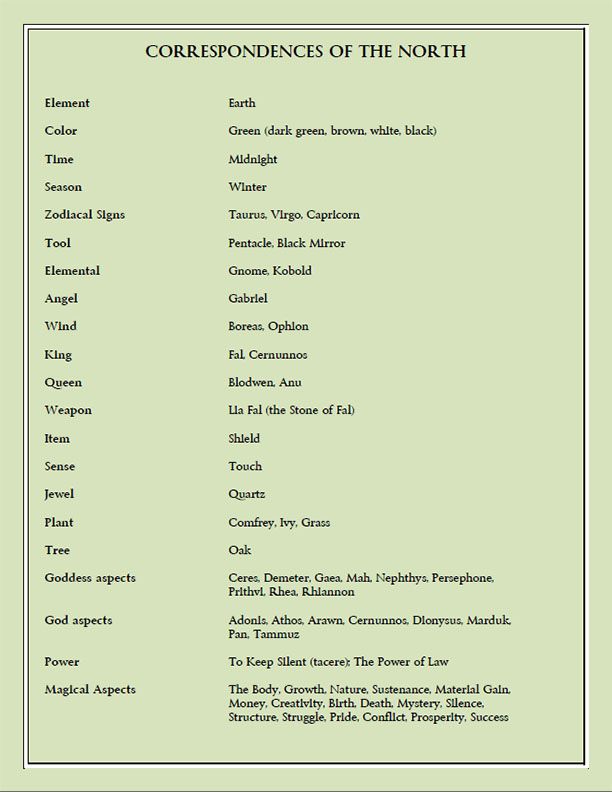 ' Views expressed in the examples do not represent the opinion of Merriam-Webster or its editors. Send us feedback.
' Views expressed in the examples do not represent the opinion of Merriam-Webster or its editors. Send us feedback.
Word History
Etymology
see correspond
First Known Use
15th century, in the meaning defined at sense 2a
Time Traveler
The first known use of correspondence was in the 15th century
See more words from the same century
Dictionary Entries Near
correspondencecorrespond
correspondence
correspondence course
See More Nearby Entries
Cite this Entry
Style
MLAChicagoAPAMerriam-Webster
“Correspondence.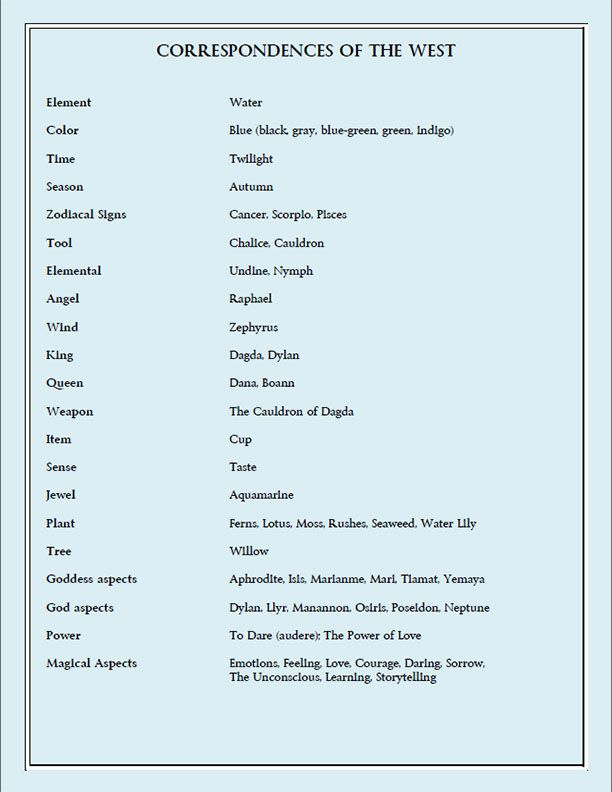 ” Merriam-Webster.com Dictionary, Merriam-Webster, https://www.merriam-webster.com/dictionary/correspondence. Accessed 12 Jan. 2023.
” Merriam-Webster.com Dictionary, Merriam-Webster, https://www.merriam-webster.com/dictionary/correspondence. Accessed 12 Jan. 2023.
Copy Citation
Kids Definition
correspondence
noun
cor·re·spon·dence ˌkȯr-ə-ˈspän-dən(t)s
1
a
: agreement between certain things
b
: a point of similarity
c
: a relation between sets in which each member of one set is matched to one or more members of the other set
2
a
: communication by letters
b
: the letters exchanged
More from Merriam-Webster on
correspondenceNglish: Translation of correspondence for Spanish Speakers
Britannica English: Translation of correspondence for Arabic Speakers
Last Updated: - Updated example sentences
Subscribe to America's largest dictionary and get thousands more definitions and advanced search—ad free!
Merriam-Webster unabridged
What is correspondence in journalism and how to write
You will learn what is correspondence and what are the features of this genre in journalism.
We will also analyze the spelling scheme and some examples from newspapers.
I must say right away that this genre has nothing to do with letters.
Although the name comes from the Latin word correspondance ( correspondence ).
But in this case, by this word we mean the analytical genre of journalism. nine0003
It contains a lot of new factual information and written sources.
We are talking about what you most likely saw on TV.
This is when a reporter covers some event. That is, here we are not starting from letters, but from correspondents.
Content:
- Genre definition
- Types
- Good example
- Bad variant
- Newspaper material
- Writing scheme 9
- Situation ( reason )
- Determining sources
- Working with sources
- Recording information from sources
- Conclusion
- Creating an incoming letter and registering it
- Creating an outgoing reply letter
- Sending outgoing mail to recipient
- Features of working with NBU letters
- Select your Inbox folder.
- click Create on the toolbar, as a result a new document card "Incoming letter" will appear:
- Fill in the required fields "Correspondent", "Document index", "Date of creation" in accordance with the original incoming letter. If you enter data in the "to No." field, the System will try to find the "Outgoing letter" document that was registered under this number. If such a document is found, a link to it will be automatically created in the "Related Documents" tab.
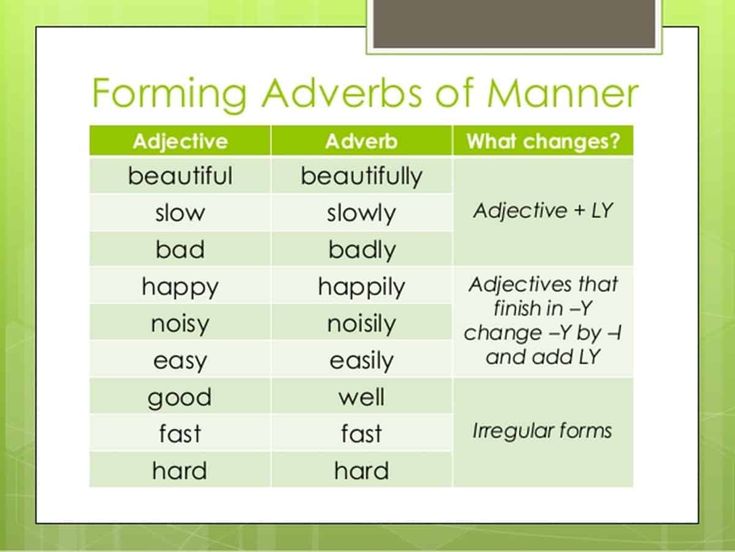 nine0026
nine0026 - Save changes.
- from project;
- directly.
- Select the Outbox folder. nine0026
- click Create on the toolbar, as a result, a new document card "Outgoing letter" will appear.
- Complete all required fields in this document. Please note that when filling in the field "by number", the System will automatically search the document repository to find the "Incoming letter" document, the value of the "Document index" field of which matches the entered number. If such a document is found, a link to it will be automatically created in the "Related Documents" tab. In the "Correspondents" field, select the addressee(s) of the letter (from the corresponding directory), if the addressee is a legal entity. If the recipient is an individual, select it in the "Correspondents (individuals)" field. nine0026
- Mail message attachments are attached as an attachment to the Inbox document.
- If the NBU mail message contained an archive, it will be unpacked. The unpacked files will be attached to the Inbox document as attached files. nine0026
- If the NBU mail message contains a DOS-encoded text file, it will be converted to UTF-8.
- The content of the NBU message or the text file attached to the message will be included in the "Content" field of the "Incoming letter" document.
- If the message contains data on the number and date of the document of the corresponding NBU letter, the System will automatically try to recognize them and fill in the values of the "Document index" and "Date of creation" fields in the "Incoming letter" document.
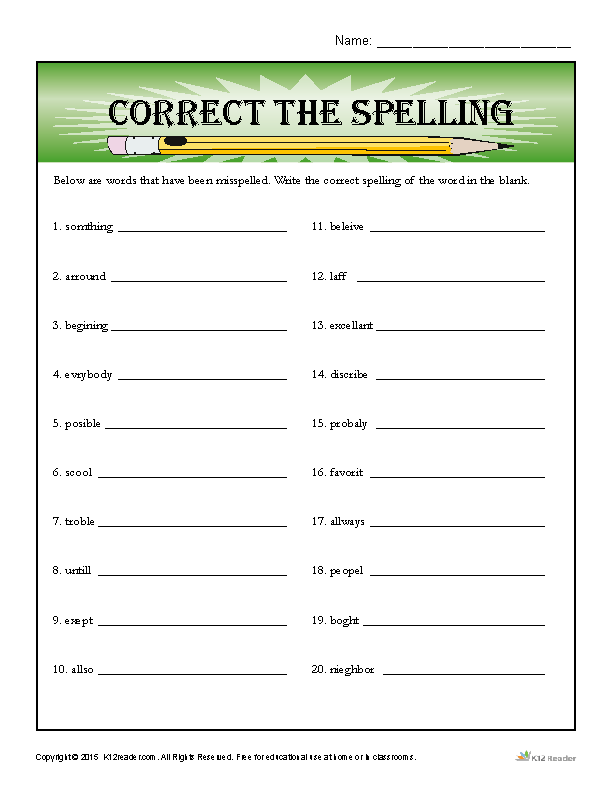
Learn more
What is
correspondence0039
Correspondence is a genre of journalism, the subject of which is a specific social situation, limited by place and time.
In simple words, this is our analysis of the event.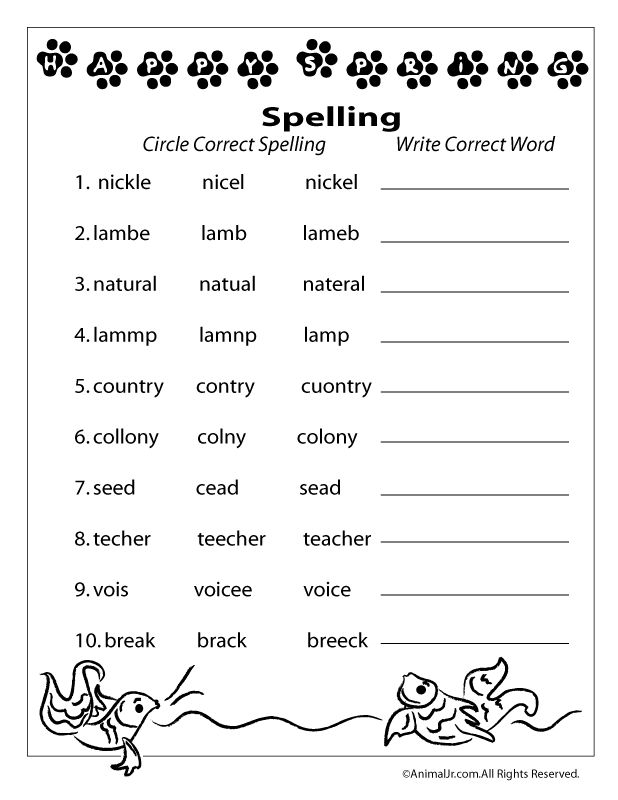 This is an analytical genre because everything goes through the prism of our perception. We analyze events and attract information from outside. Therefore, this genre is characterized by a large number of external sources.
This is an analytical genre because everything goes through the prism of our perception. We analyze events and attract information from outside. Therefore, this genre is characterized by a large number of external sources.
When writing comments, we relied on our own opinion, judgment and intelligence. We were the main source. nine0003
However, in this genre, we are already using external sources and trying to give a picture of from different sides of . Therefore, it will be an analytical genre in which your conclusions are present. After all, any event can be presented both in a negative and in a positive light.
You can interpret any fact as you see fit. Therefore, journalistic investigations are made in this genre.
You show the truth as you see it. And as you know, everyone has their own truth. Therefore, it is important that there are not only arguments, but also facts. It is necessary that you confirm any of your statements with the facts that you found.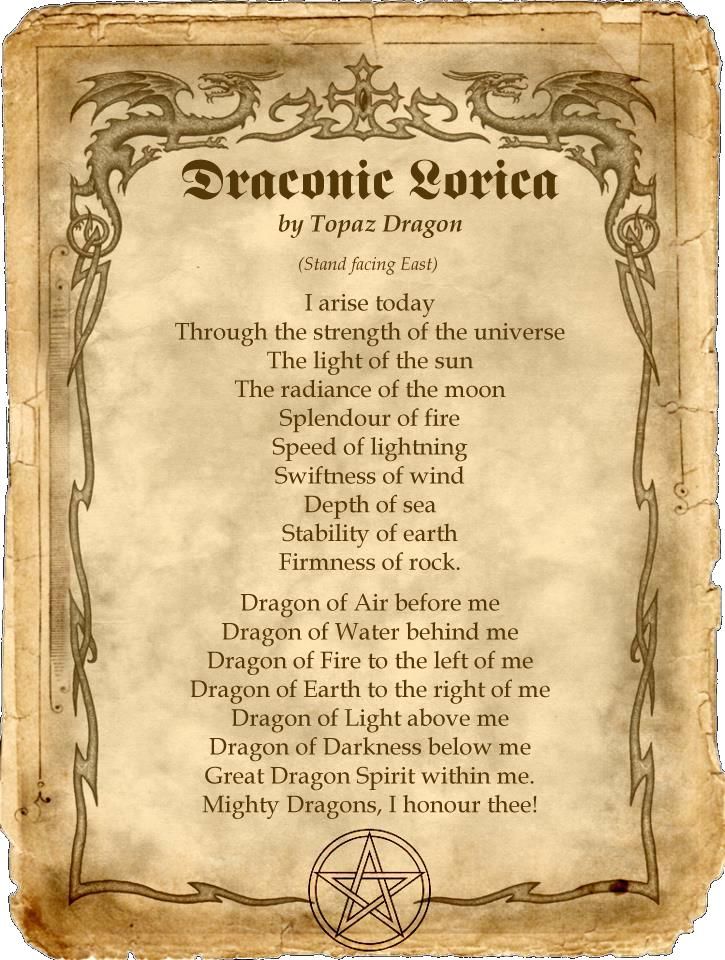 nine0003
nine0003
You may want to give an objective picture of the event. Perhaps you will defend someone's point of view. Get on one of the sides. We'll take a look at this further on. This will be solely your question. The genre of correspondence allows this.
The only thing worth warning about is arguments and facts.
We have a publication of the same name. Its distinctive feature is that there are very few facts there. That is, the yellow press and the once classic, which is already going the way of the yellow on the occasion of the audience, often forgets that any judgment must be supported by facts. nine0003
Works in this genre of journalism should not be reduced to mere allegations and judgments. That is, if we write a comment, then we argue there. But here we all must confirm the facts.
Types of correspondence
It is generally accepted that this genre has two types. This is analytical and informational correspondence. If in the analytical one we analyze events, then in the information one we simply report the parameters of the phenomenon.
But this is what is written in textbooks. nine0003
In fact, it is difficult to clearly distinguish what is informational and what is analytical. After all, even in information correspondence, in addition to facts, there are still elements of assessment and forecast.
So purely informational correspondence simply does not exist. There will always be some elements of analytics. Therefore, it is still more of an analytical genre than just informational.
Good example of correspondence
Let's break down a good example of correspondence so that it is immediately clear. This will be material from the edition " Arguments and facts ". Here is
link
. If you pay attention, then on their resource there is a section " Investigation ". This is where texts in this genre are published.
However, not all of them are equally successful! In the article we will analyze both a successful and an unsuccessful example.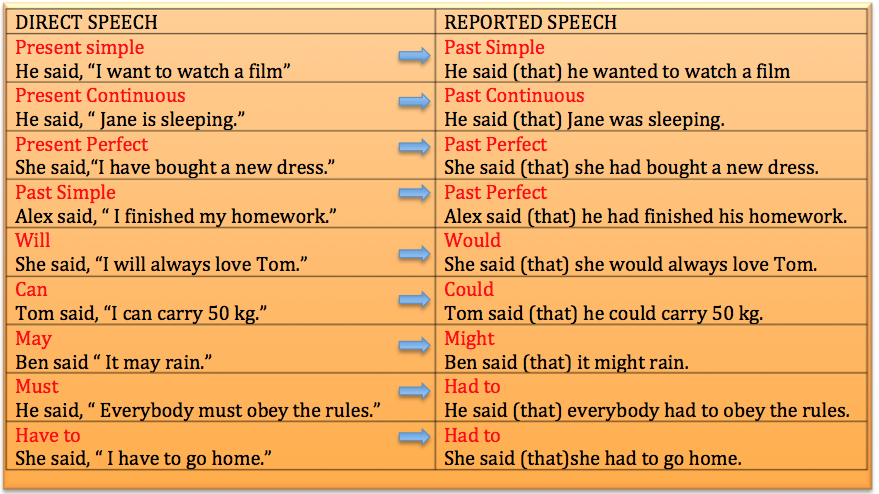 Let's start with the good.
Let's start with the good.
Here we have a situation. It must be limited by time, place, space. In our example, this is the lack of wi-fi connection in the Moscow metro. Here is the event for you! Not so much an event as a phenomenon. nine0003
So, first comes the introduction (1). That is, the decoding of the problem indicated in the title.
An example of correspondence in Arguments and FactsHere we have deciphered the problem. Now let's see why we have this correspondence, and not a comment.
If this were a comment, now the author would simply talk about why they are so bad. But it is quite difficult to talk on such a topic solely from your own head without involving external sources. nine0003
What can an ordinary correspondent know about the thoughts of cellular operators? Therefore, it is logical to turn to the operators themselves and find out why they do not want to go to the subway.
The example has subheadings. The first one is " Social Wi-Fi ".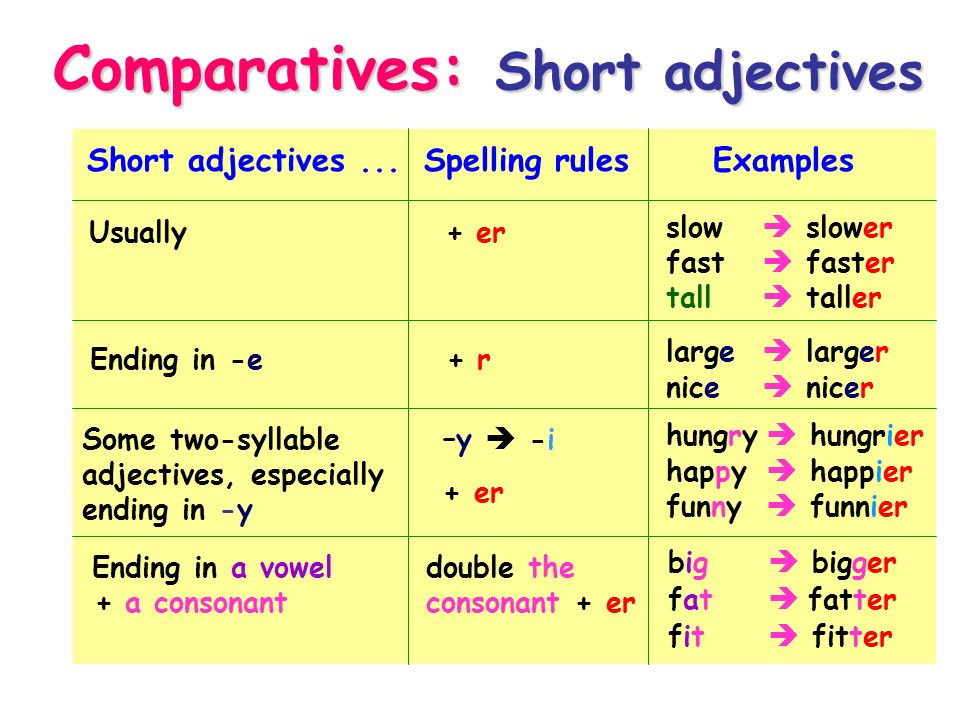
After the subheading, the first and second paragraphs give us specific information. Their source was a draft agreement on the construction of a network infrastructure in the metro. This tender is based on it. That is, there is a normative act ( draft contract ). It has what the Moscow authorities want in this case.
This is our source. It is not exclusive and not alive. A person could find it on the Internet.
Let's move on.
And then in the third paragraph, there is also information, but from a different source. This time " Department of Information Technologies of Moscow ". This is something that is not in the project.
Here the information was given to us by a living source. Probably some employee from the Department. In general, this is already the second source. nine0003
The next subtitle is " Expensive and uninteresting ".
The first paragraph is the background of the question. Here, too, some source was probably used. Again, this is factual stuff.
Again, this is factual stuff.
note
There is no "water" in this text. It usually means reasoning on a topic. And if our reasoning in the commentary is appropriate, then here, as you can see, there is more "meat" ( facts ).
The second paragraph is another additional living source. In this case, this is Artem Yermolaev, who gave a statement to journalists. nine0003
Has our girlfriend met him? Perhaps not. She could find this information on the Internet. For example, there was some kind of press release. But nevertheless, it is another living source.
Move on to the next subheading. It is " Vacancy open again ".
There are also two sources of information. In the first paragraph, this is a site on the Internet. In the second, it is the Department. Note that there is also direct speech in the second paragraph.
Let's move on.
Now on this topic it is more logical to ask the operators themselves. They will be the next source of information. Therefore, we move on to the subtitle " Operators are silent ".
Therefore, we move on to the subtitle " Operators are silent ".
Representatives of MTS, Megafon and VimpelCom were asked here. Naturally, they asked not the heads of the companies, but the press secretaries, who are intended for this. In the last paragraph, the source is Evgeny Mikhailov.
As you can see, we have a lot of sources of information here. The work of the correspondent has been done quite a lot. nine0003
It's possible that she didn't run around and meet all the people in the story. Most of the information she probably found on the Internet. But then again, it's not easy to find.
There were also calls to the operators' companies. The last paragraph shows that there was a press conference for Arguments and Facts.
In general, to write such a small material, it actually took to work with many sources. As you can see, this genre is quite labor-intensive .
But despite this, he is very popular. After all, it provides an opportunity to highlight the situation from different points of view.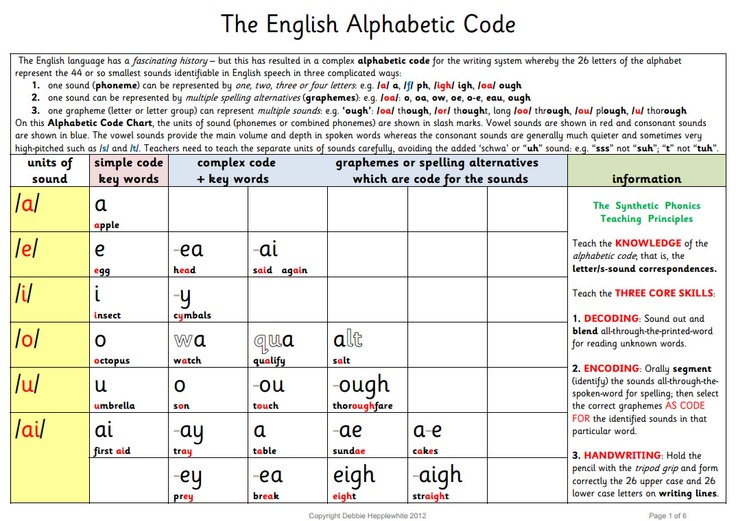 Show it in all its glory or only from one point of view that is beneficial to the journalist. But at the same time, give different evidence for your position.
Show it in all its glory or only from one point of view that is beneficial to the journalist. But at the same time, give different evidence for your position.
In general, this was a good example of correspondence.
The only thing is that the output is a bit blurry. But instead, the material is completed by the statement of the head of the Department of Transport. In principle, it looks logical and quite complete. nine0003
Bad example
Let's now look at a bad example of analytical correspondence from the same site. Here is
link
. First, in the first paragraph, there is a lead or introduction ( transcript of heading ).
An example of analytical correspondence in Arguments and FactsIf you read the material in full, it will seem that this is correspondence. However, if you look closely, then here there are no sources of information .
There are just a few stories written here. One story about a Muscovite, another about the organizer of a brothel, and so on.
One story about a Muscovite, another about the organizer of a brothel, and so on.
However, there are no statements in the material ( official and unofficial ). There are no comments and various decisions. There is not even a conversation with the organizers of brothels and independent experts. Or at least we talked to Muscovites about what they think about this.
In general, there are no points of view here. There is only a simple story and a heap of facts. What is the general conclusion of this material? nine0003
Oh, how terrible life is!
This is the conclusion that should not be in your texts. At least this conclusion should not be the only one. If it comes down to what a nightmare and how could they, then this is not a conclusion. This is the lot of exclusively yellow press.
In this example, the output is as follows.
This is complete nonsense! It is unrealistic to fully check all the apartments of the metropolis. Also the total itself is one big " hopefully ". Like, let's just hope for the best, and that's it. nine0003
Like, let's just hope for the best, and that's it. nine0003
In general, this is not a journalistic investigation of the issue. You can see for yourself the difference between the previous version and this one.
An example of correspondence from a newspaper
Let's analyze another example of correspondence from a newspaper. This is just the beginning ( incomplete material ).
Various sources are involved here. They are underlined in the example. There was an attempt to show different sides of the problem. On the one hand, it is the city authorities. On the other hand, residents
If this text were to be expanded and improved, what could be done? nine0003
For example, if we talk about sources, it should be the city administration. It is clear that most likely we will not talk with the head of the city. Most likely, with a press secretary or assistant who deals with this issue.
But nevertheless, we must have some kind of authority representative .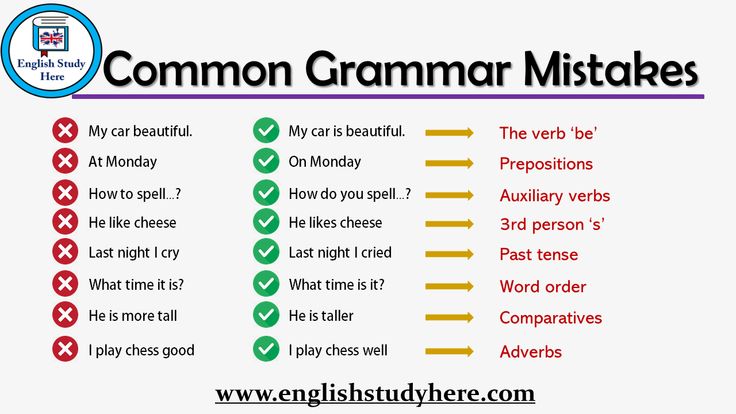 The source, of course, was the decision of the court. Here you can even quote this decision somewhere.
The source, of course, was the decision of the court. Here you can even quote this decision somewhere.
Residents of themselves will also be sources. Moreover, residents should be different. You need to interview, meet with residents and see different stories. nine0003
For example, someone builds a boat garage and turns it into a hotel. For him, this is a business. He does not live there, but simply rents it out to vacationers.
You need to understand that boathouses are built on the seashore. And of course, they make excellent hotels.
BoathousesOthers once received this boat garage and eventually built a second floor there. They live in it. For them, this is the only place of residence. This is an attempt by the low-income stratum to solve their housing problem. nine0003
And not at the expense of the state. Not by trampling the thresholds of the administration with the requirement that they have many children and that they owe everything. They go their own way to get out of the housing problem.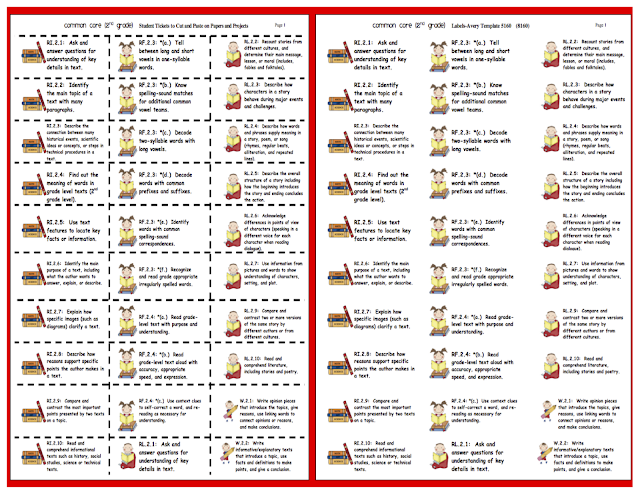
There may also be some third situation.
Your opinion is also important in this case. What do you want to show? That these residents have become insolent and in violation of the law interfere with the city. They illegally build housing on the territory of boat garages. That's how they do business.
Do you want to show the problem from this point of view? nine0003
Or to show from the point of view of some kind of social justice and heroism people who solve their own problems. Can you show different situations?
In general, all this will depend on you. Where will be your desire and choice.
Who else can be attracted here? For example, consultation lawyers , independent experts and so on. In general, you collect all this together and supplement it with your conclusions. That is what is happening.
Is this against the law? Do these boathouses really interfere with the development of the city and disgrace us in front of tourists? Or does it interfere with specific developers who have chosen the land and want to make money? nine0003
In general, this is a topic for discussion, but with the involvement of facts.
How correspondence is written
Now let's talk about how correspondence is written in journalism. Here is the whole scheme of working on the text:
On which you will work, a situation or reason must first appear. Next, we identify the sources. It will be those who can explain something on this issue. nine0003
Here we talked about boathouses. Here the sources will be the city administration, lawyers and participants in the events.
Somewhere you can interview by phone. In some situations, you can meet in person.
Information can also be found on the Internet. Therefore, it is not always necessary to rush around the city and meet everyone. Yes, it adds value to the material. However, this is not always possible.
When sources appear, you begin to work with them sequentially.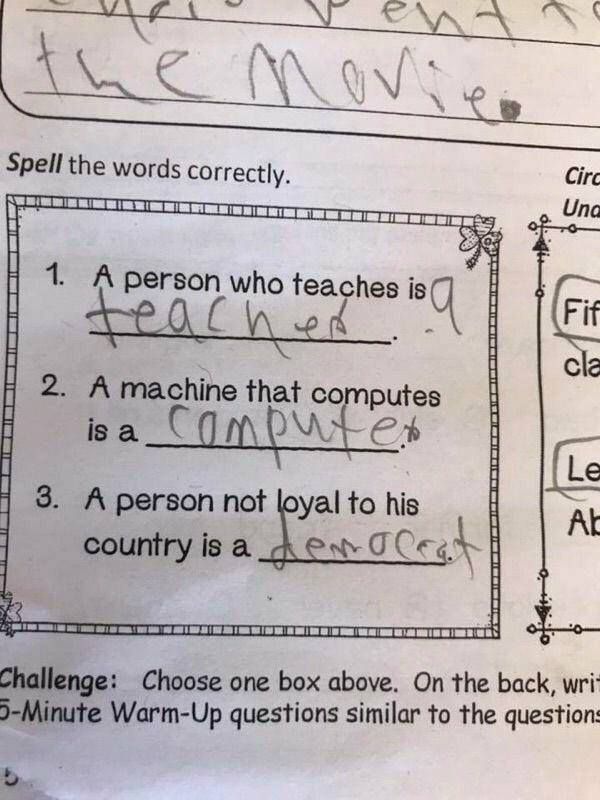 That is, to write out information from a particular source. nine0003
That is, to write out information from a particular source. nine0003
Next, we build all the content into a common text. We also do not forget about personal conclusions and our point of view.
The length of text must be at least 2,000 characters.
In general, now you know how to write correspondence correctly. To do this, we examined all the features and examples of this genre in journalism.
Document flow of incoming and outgoing correspondence
The figure below shows a possible workflow scheme for incoming/outgoing letters:
Workflow scheme for an incoming letter with the creation of a response letter based on the projectThis scheme covers the longest possible correspondence route, which includes the creation of a reply letter based on its draft.
If it is not necessary to create an outgoing letter for an incoming letter, then the considered route ends with the imposition of a resolution, and the execution of instructions for this resolution.
Creating an incoming letter and registering it
An incoming letter can be created on the basis of a regular letter that came to the office on paper or in any other form. A user from the document registrar group can create an incoming letter. That is, if a user is entered into the System with the role of "Office employee", he will be able to create incoming letters. nine0003
To create a new "Incoming Letter" document, follow these steps:
If an incoming letter has arrived to you in electronic form, the System allows you to create a new document "Incoming letter" by simply dragging and dropping an e-mail from the "Inbox" folder to the "For Registration" folder. The system will automatically create a new incoming email. The text of the letter will be attached to the created document as an attached text file.
If your System allows you to process letters from the NBU (an option for banks), emails from the NBU are converted into documents of the "Incoming letter" type according to certain rules, then they automatically go to the "For registration" folder. nine0003
If an incoming e-mail contains an attached XML file that was created when another FossDoc server sent the outgoing message, then the fields "Correspondent", "Date received" and possibly some other fields will be automatically filled in the new incoming message. were filled out in the original outgoing letter.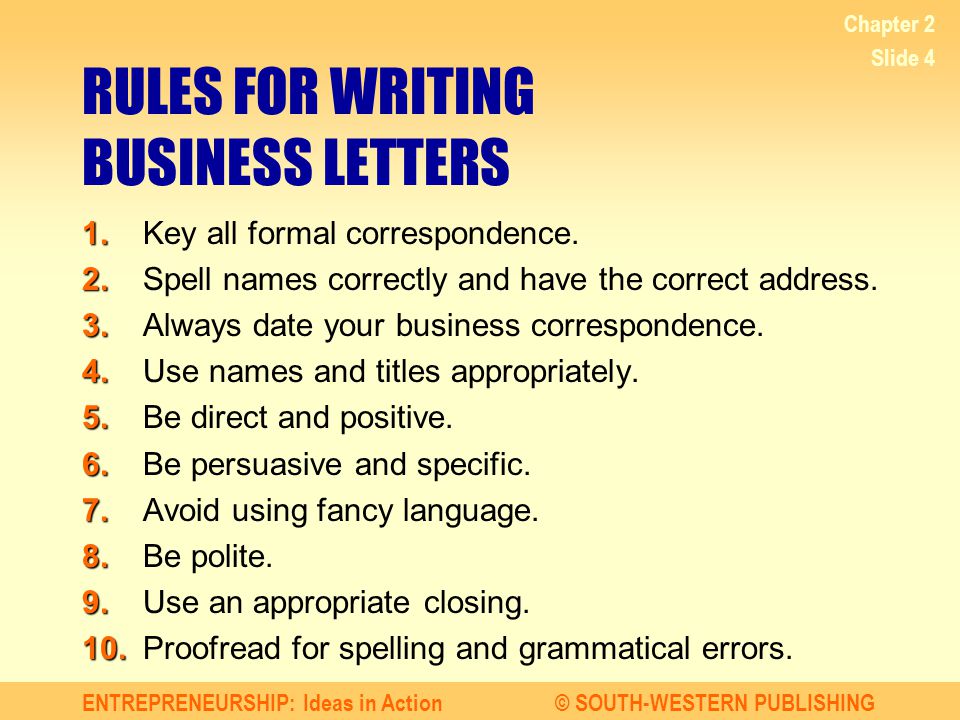 Go to the "For registration" folder and open a new letter received in it. To register, click the button Save . At the same time, the "Receipt index" field will be automatically filled in (if auto-numbering of documents in the department is configured). nine0003
Go to the "For registration" folder and open a new letter received in it. To register, click the button Save . At the same time, the "Receipt index" field will be automatically filled in (if auto-numbering of documents in the department is configured). nine0003
Creating an outgoing reply letter
An outgoing letter can be created in two ways:
Creating an outgoing letter from his draft
If you have received an instruction (according to a resolution) proposing to create a response letter to an Incoming letter, you can create a draft Outgoing letter based on this Incoming letter by pressing .
nine0002 You can simply create an outgoing draft.Further, if necessary, approve this project and send it for signature, after signing - for registration.
Direct creation of an outgoing letter
If your user has the office worker role, you can create an outgoing reply letter directly without creating a draft document.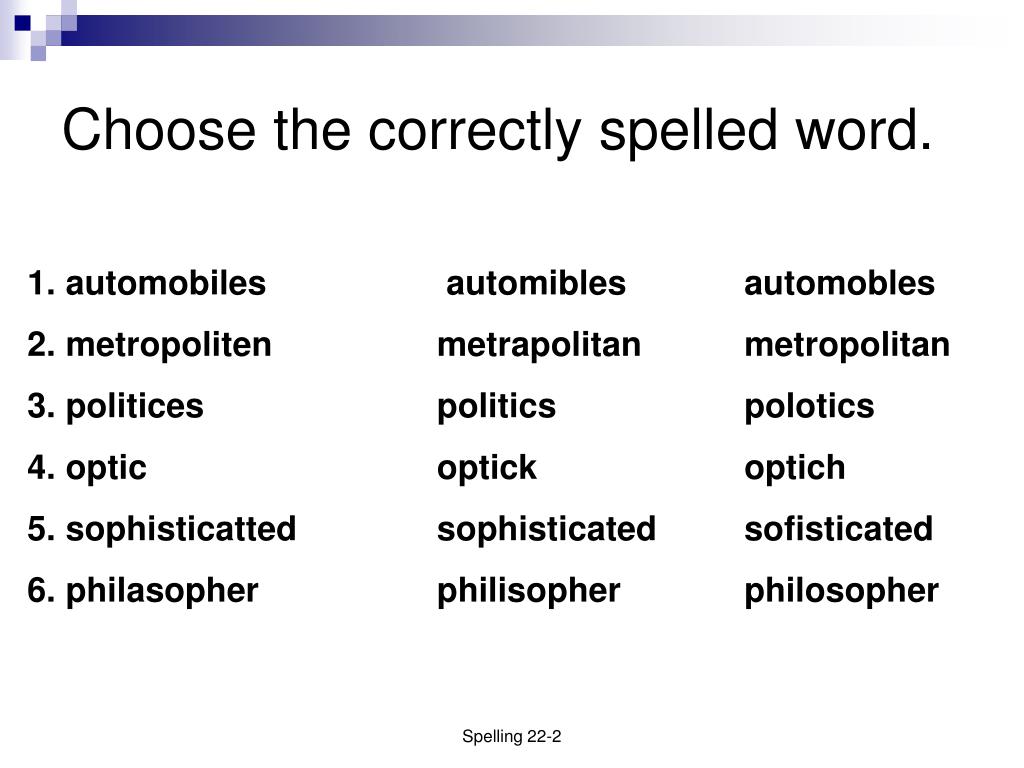 Proceed as follows to do this:
Proceed as follows to do this:
Next, you need to send the document for registration.
Sending outgoing mail to recipient
You can send an e-mail to the addressee directly from the Outgoing message card. To do this, go to the "Correspondence" tab and press Write a letter :
To do this, go to the "Correspondence" tab and press Write a letter :
The mail message will also be accompanied by a special XML file containing information about the values of the fields in the "Outgoing mail" document. If the recipient also uses the FossDoc Electronic Document Management System, then the data from this XML file will be used when automatically creating a new "Incoming Letter" document on the recipient's side. If the System has data on the E-Mail of the Counterparty to whom the outgoing letter is addressed, the System will automatically substitute them:
Email Message FormYou just have to edit the text of the message and send it. The email itself will be attached to the document:
"Correspondence" tab with attached letterFeatures of working with NBU letters
If the Electronic Document Management System is used in conjunction with FossMail e-mail, you have the ability to process NBU mail (option for banks).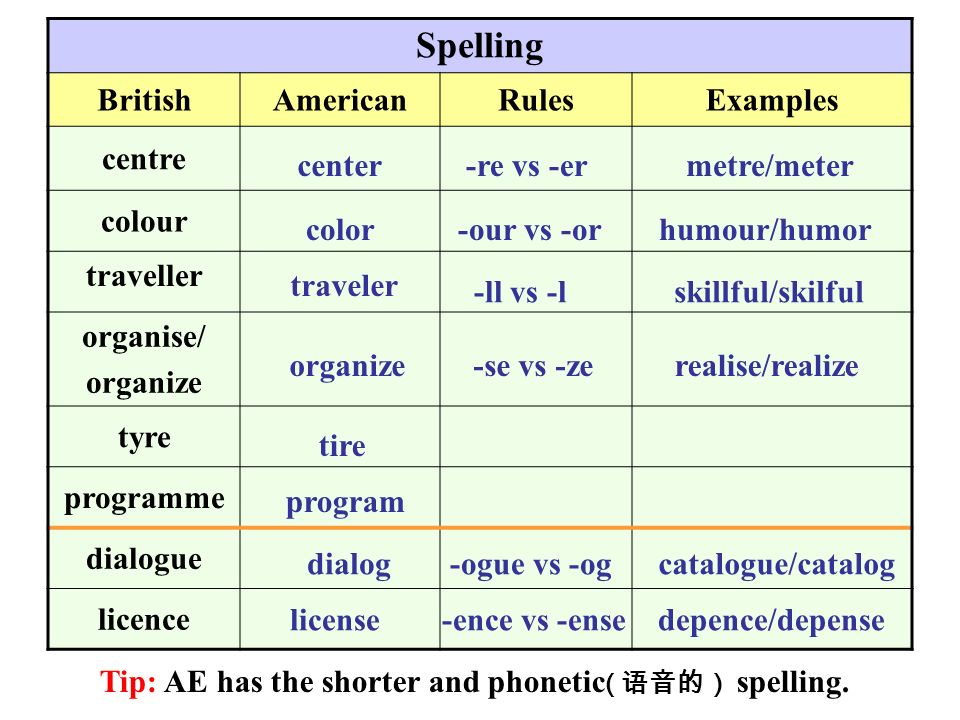 nine0003
nine0003
The FossDoc system automatically recognizes NBU emails and converts them into "Incoming Letter" documents. These documents are sent to the office for registration for further work.
NBU letters are processed according to the following rules:

